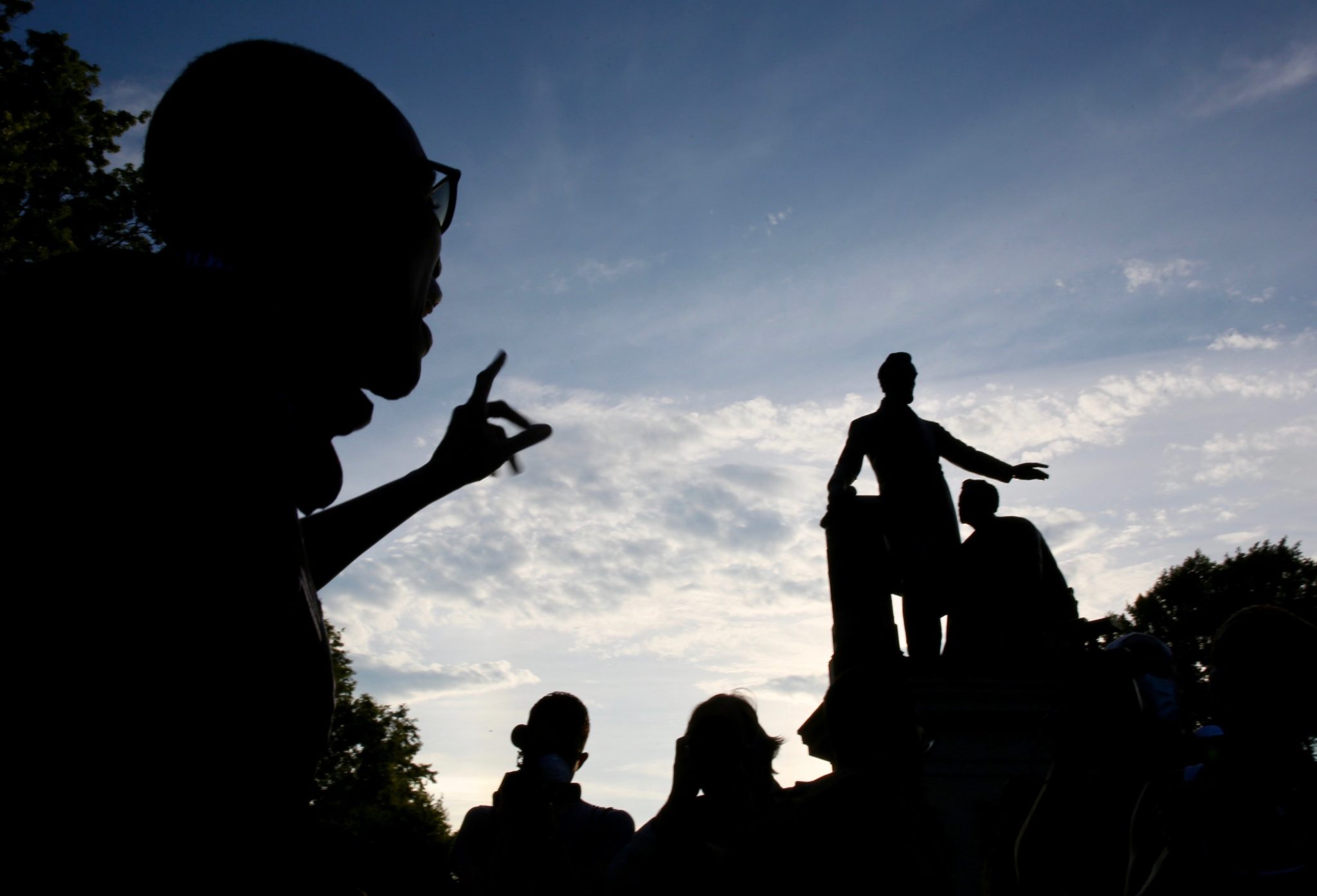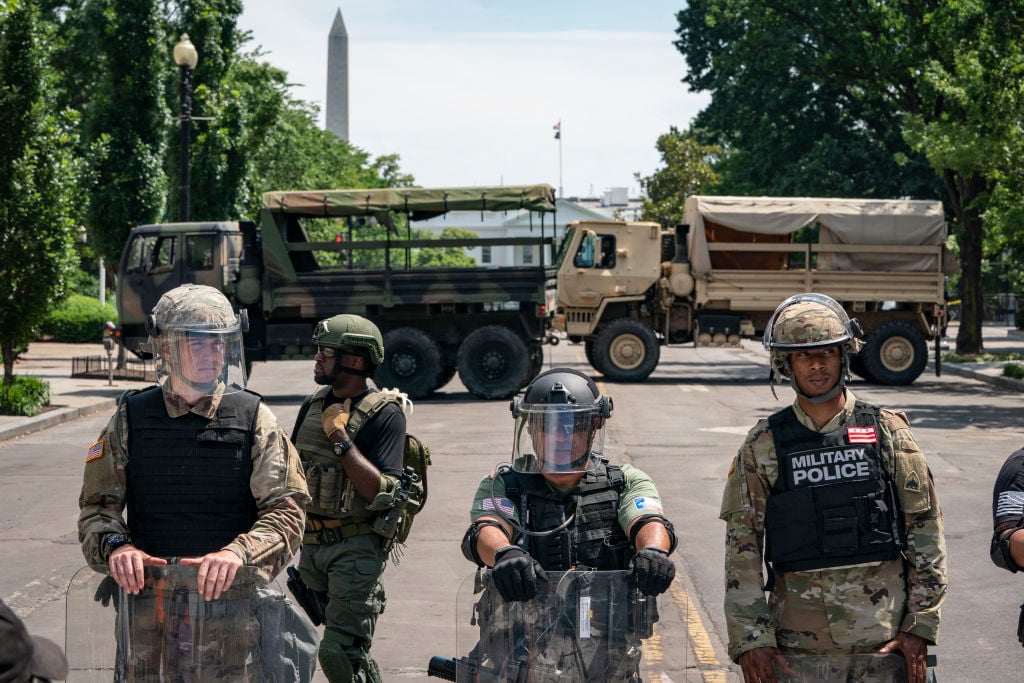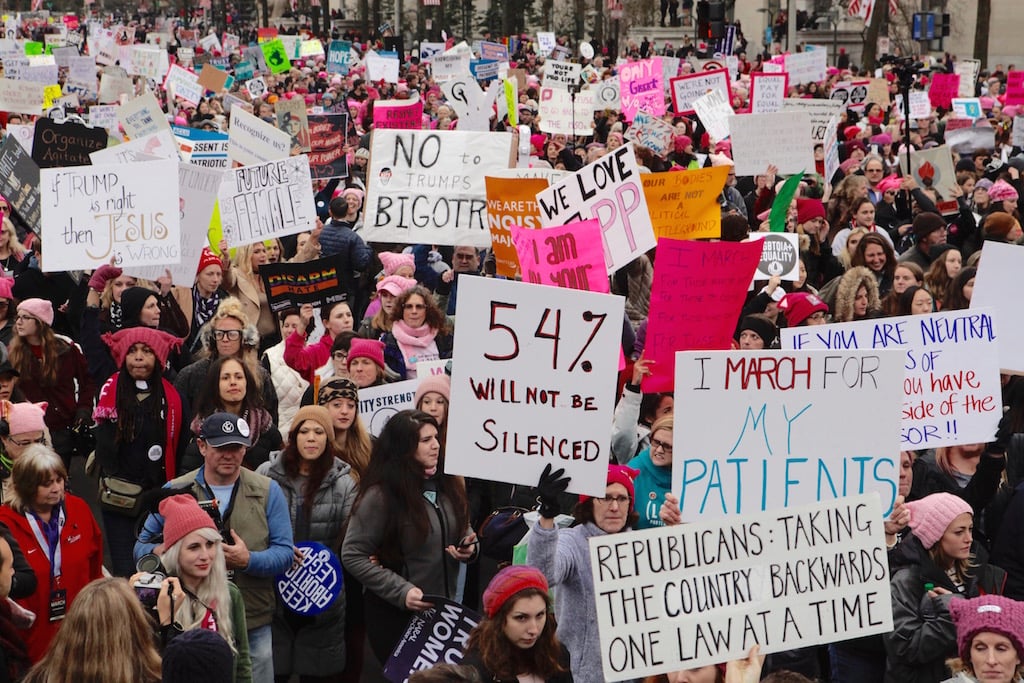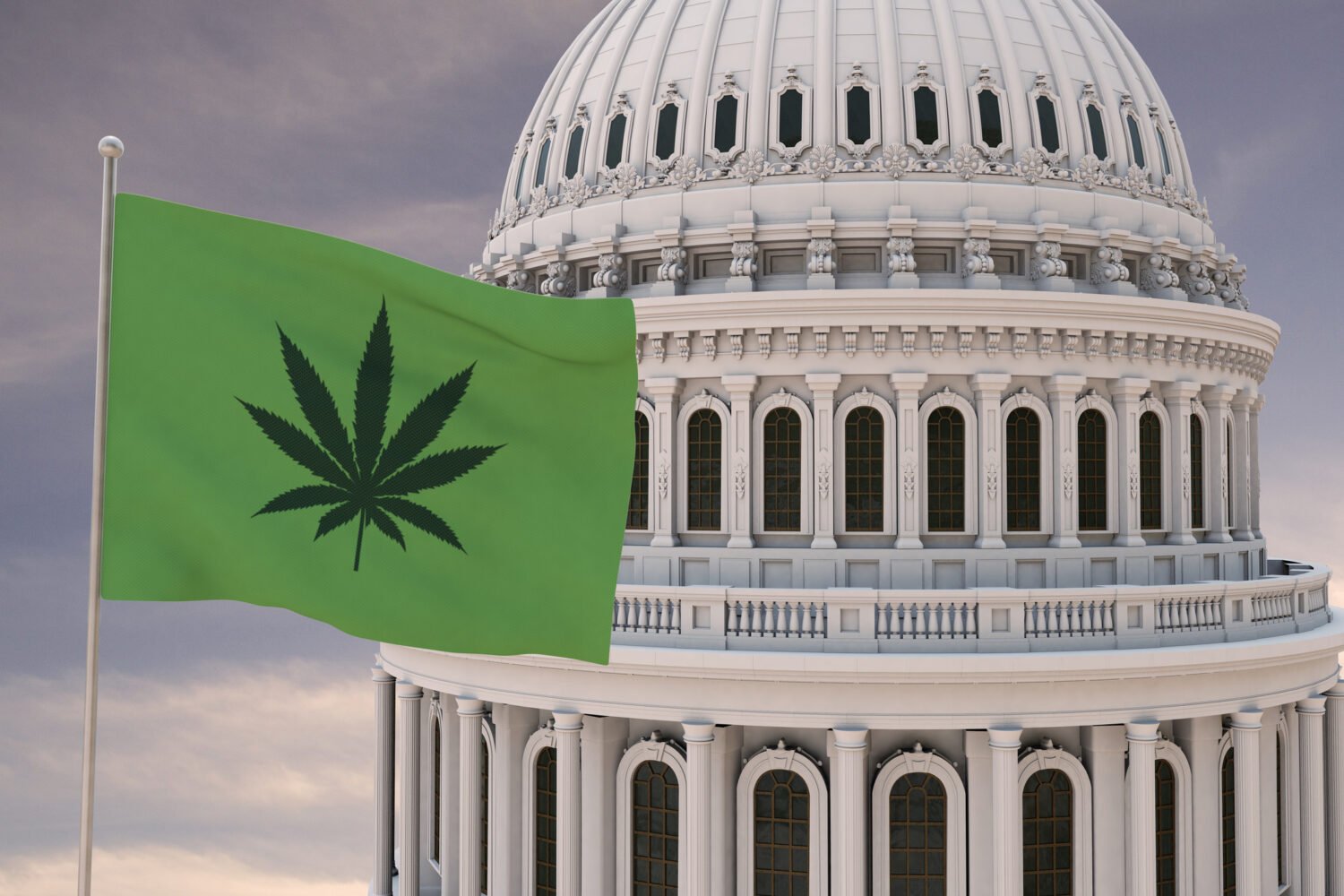Lincoln Park in Capitol Hill was the first public place named for Abraham Lincoln after his death in 1865, and Frederick Douglass and Ulysses S. Grant attended the unveiling of Thomas Ball’s Emancipation Memorial there on the 11th anniversary of Lincoln’s death.
Lincoln, Douglass said at the ceremony, was “the white man’s President, entirely devoted to the welfare of white men.” Black people “are at best only his step-children; children by adoption, children by force of circumstances and necessity.” Douglass ended his speech with a notably lukewarm defense of the monument:
When now it shall be said that the colored man is soulless, that he has no appreciation of benefits or benefactors; when the foul reproach of ingratitude is hurled at us, and it is attempted to scourge us beyond the range of human brotherhood, we may calmly point to the monument we have this day erected to the memory of Abraham Lincoln.
The statue is also known as the Freedman’s Memorial, because the money to commission, sculpt, and cast it all came from donations by formerly enslaved people, most of them veterans. It depicts Lincoln standing and holding the Emancipation Proclamation while an unnamed formerly enslaved person kneels in front of him, apparently having broken the chains that held him. (The man was modeled on Archer Alexander, who lived in Missouri and was not, therefore, freed by the Emancipation Proclamation.) Douglass nonetheless praised Ball’s decision to emphasize to the man’s agency in his liberation, saying the depiction granted him “dignity and vigor.”
That praise is best viewed, however, in context of Douglass’s critique of the original design, in which he described the freed man as “perfectly passive, receiving the boon of freedom from the hand of the great liberator.” Over time, however, that impression of the sculpture has migrated to the design we see today. Black people paid for the statue, DC Delegate Eleanor Holmes Norton said Tuesday, but “the design and sculpting process was done without their input, and it shows.” She’d like the Park Service to get it out of there ASAP. Some activists reportedly hope to remove it even sooner.
This situation presents a more nuanced problem than would a depiction of Robert E. Lee or Andrew Jackson. Like the statue of Theodore Roosevelt slated to leave its perch in New York City, the issue isn’t as much the person honored by the statue but the racist attitudes frozen in its bronze. In an interview with NPR Tuesday, the historian Manisha Sinha floated an intriguing way of dealing with cringe-y monuments: Why not edit them? Confederate statues, said, “have no redeeming qualities to them, but other statues certainly do.”
In the case of Roosevelt, Sinha said, “I think a better idea there would have been to actually remove the statues of the African American man and the Native American man and maybe let Teddy Roosevelt be there to commend him for his support of conservation and his support for the Natural History Museum.”
It’s unclear whether such “editing” is technically possible, or even if it’s desirable in the case of the Emancipation Memorial. The monument, historian Kirk Savage wrote, “is not really about emancipation but about its opposite — domination.” DC could easily let this one go without edits. If someone needs to study it in the future, we’ll still have photos and scholarship. And, for what it’s worth, there’s an exact copy in Boston.



















